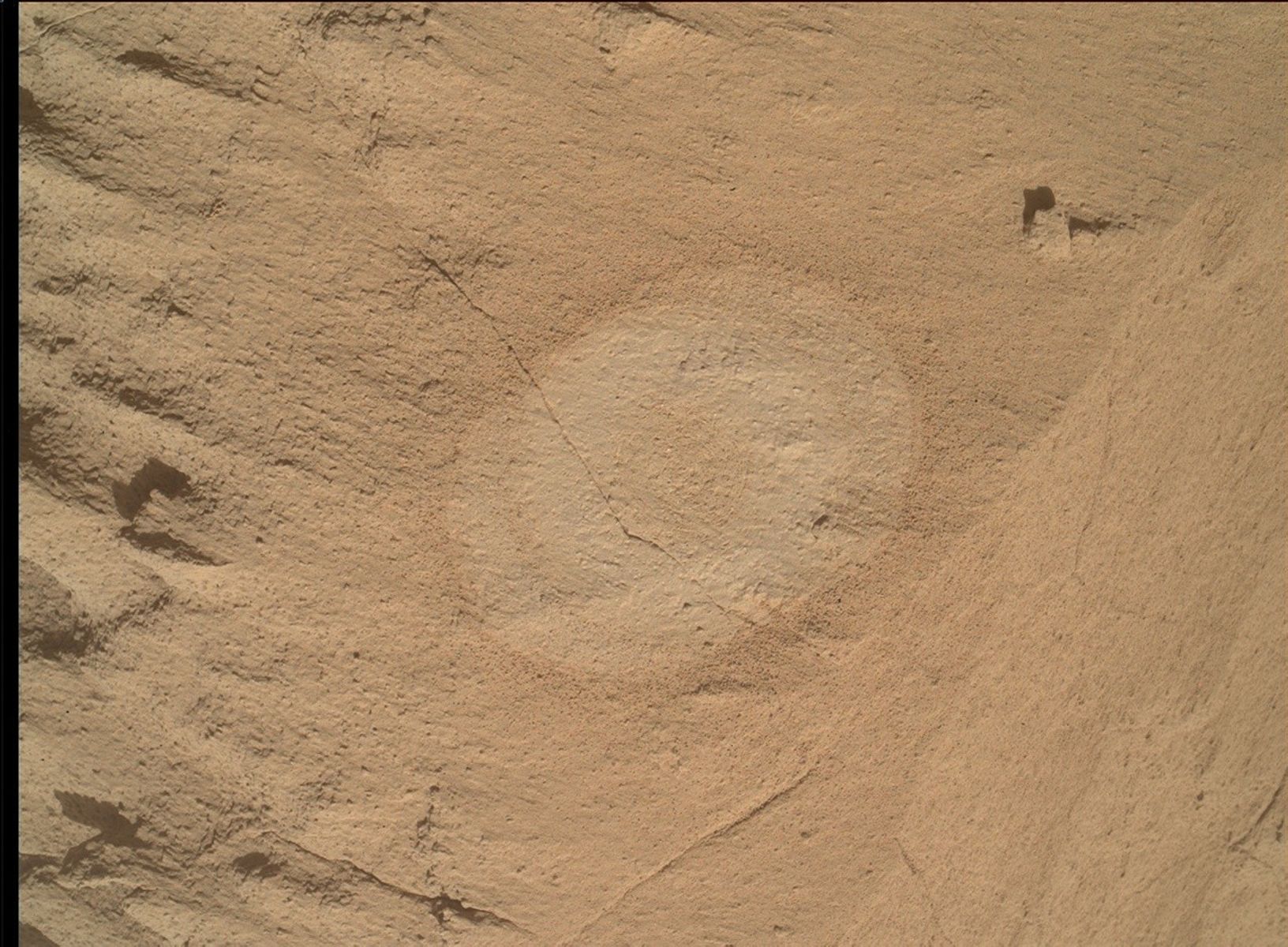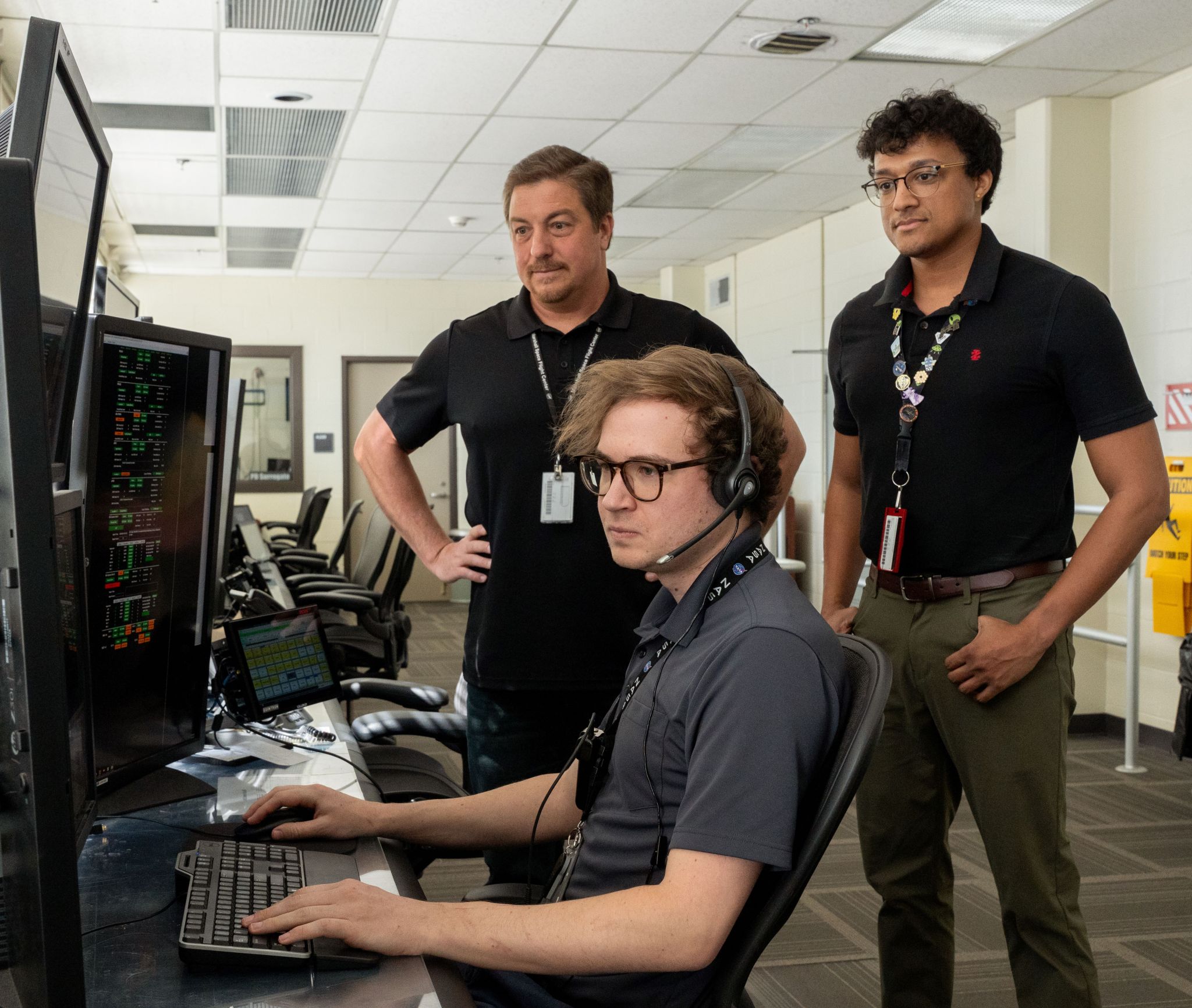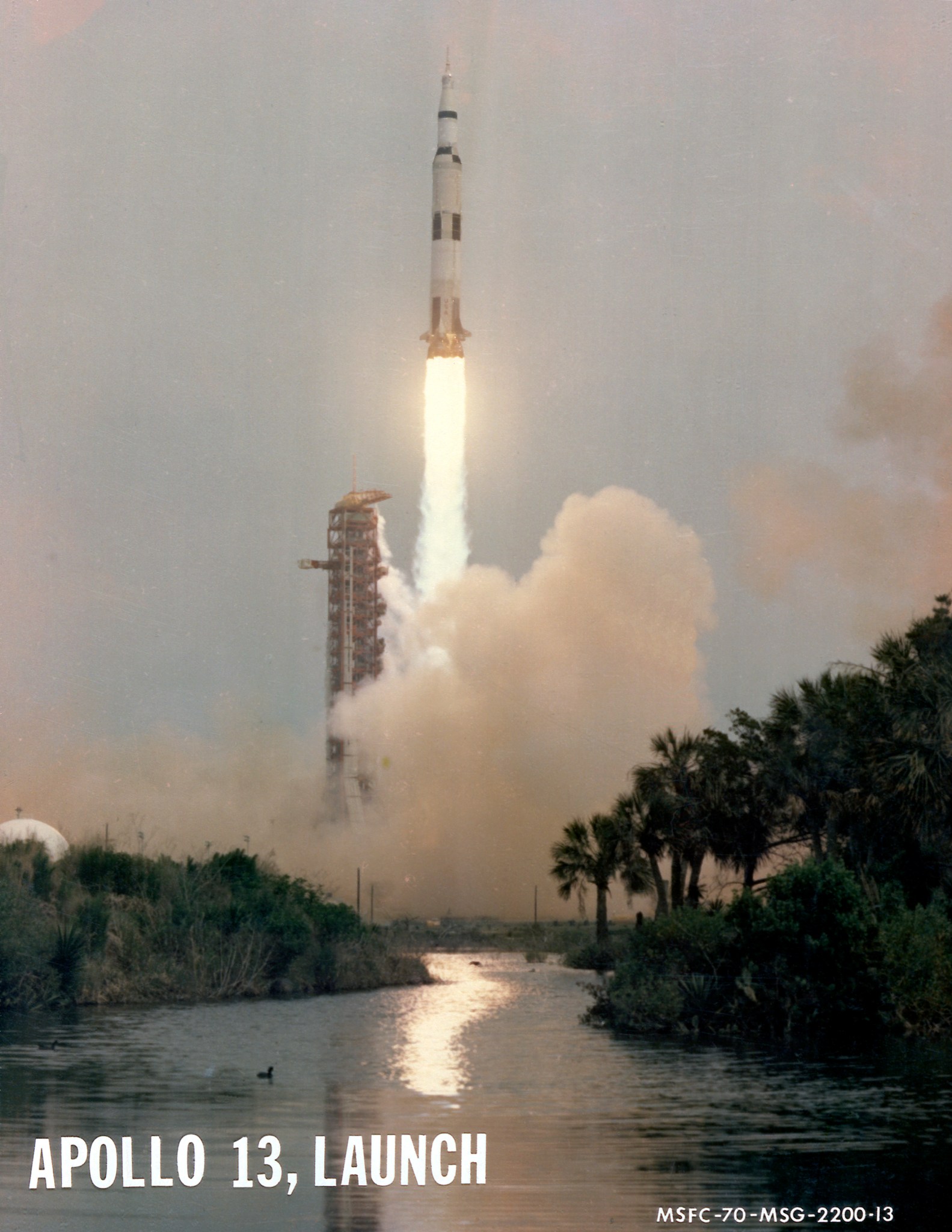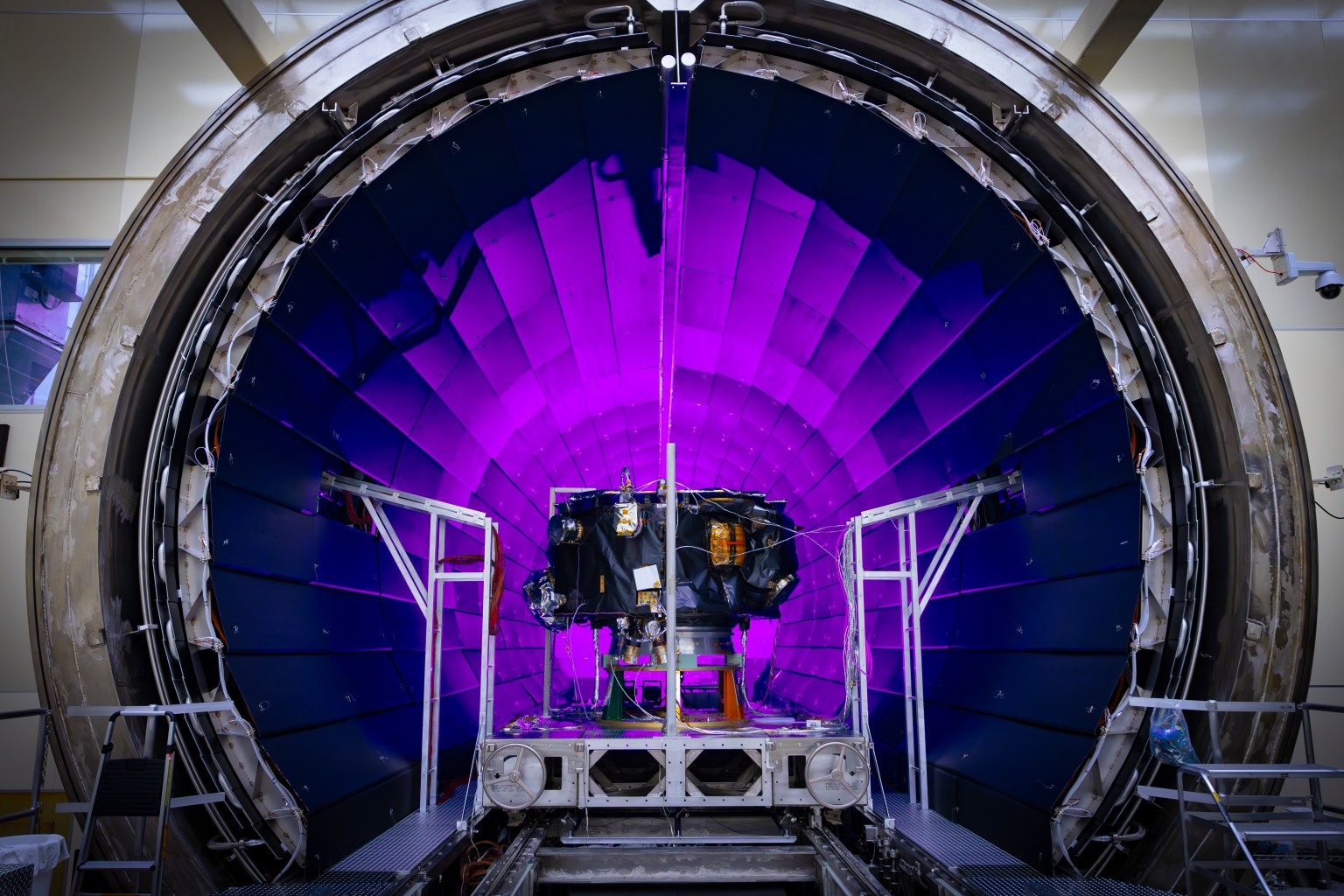Malcolm O’Malley and his mom sat nervously in the doctor’s office awaiting the results of his bloodwork. This was no ordinary check-up. In fact, this appointment was more urgent and important than the SATs the seventeen-year-old, college hopeful had spent months preparing for and was now missing in order to understand his symptoms.
But when the doctor shared the results – he had off-the-charts levels of antibodies making him deathly allergic to shellfish – O’Malley realized he had more questions than answers. Like: Why is my immune system doing this? How is it working? Why is it reacting so severely and so suddenly (he’d enjoyed shrimp less than a year ago)? And why does the only treatment – an injection of epinephrine – have nothing to do with the immune system, when allergies appear to be an immune system problem? Years later, O’Malley would look to answer some of these questions while interning in the Space Biosciences Research Branch at NASA’s Ames Research Center in California’s Silicon Valley.
“Anaphylaxis is super deadly and the only treatment for it is epinephrine; and I remember thinking, ‘how is this the best we have?’ because epinephrine does not actually treat the immune system at all – it’s just adrenaline,” said O’Malley, who recently returned to his studies as a Ph.D. student of Biomedical Engineering at the University of Virginia (UVA) in Charlottesville. “And there’s a thousand side effects, like heart attacks and stroke – I remember thinking ‘these are worse than the allergy!’”
O’Malley’s curiosity and desire to better understand the mechanisms and connections between what triggers different immune system reactions combined with his interest in integrating datasets into biological insights inspired him to shift his major from computer science to biomedical engineering as an undergraduate student. With his recent allergy diagnosis and a lifelong connection to his aunt who worked at the UVA Heart and Vascular Center, O’Malley began to build a bridge between the immune system and heart health. By the time he was a senior in college, he had joined the Cardiac Systems Biology Lab, and had chosen to focus his capstone project on better understanding the role of neutrophils, a specific type of immune cell making up 50 to 70% of the immune system, that are involved in cardiac inflammation in high blood pressure and after heart attacks.
“The immune system is involved in everything,” O’Malley says. “Anytime there’s an injury – a paper cut, a heart attack, you’re sick – the immune system is going to be the first to respond; and neutrophils are the first responders.”
O’Malley’s work to determine what regulates the immune system’s interrelated responses – like how one cell could affect other cells or immune processes downstream – provided a unique opportunity for him to support multiple interdisciplinary NASA biological and physical sciences research projects during his 10-week internship at NASA Ames over the summer of 2024. O’Malley applied machine learning techniques to the large datasets the researchers were using from experiments and specimens collected over many years to help identify possible causes of inflammation seen in the heart, brain, and blood, as well as changes seen in bones, metabolism, the immune system, and more when humans or other model organisms are exposed to decreased gravity, social isolation, and increased radiation. These areas are of keen interest to NASA due to the risks to human health inherent in space exploration and the agency’s plans to send humans on long-duration missions to the Moon, Mars, and beyond.
“It’s exciting that we just never know what’s going to happen, how the immune system is going to react until it’s already been activated or challenged in some way,” said O’Malley. “I’m particularly interested in the adaptive immune system because it’s always evolving to meet new challenges; whether it’s a pandemic-level virus, bacteria or something on a mission to Mars, our bodies are going to have some kind of adaptive immune response.”
During his NASA internship, O’Malley applied a statistical analysis techniques to plot and make more sense of the massive amounts of life sciences data. From there, researchers could find out which proteins, out of hundreds, or attributes – like differences in sex – are related to which behaviors or outcomes. For example, through O’Malley’s analysis, researchers were able to better pinpoint the proteins involved in inflammation of the brain that may play a protective role in spatial memory and motor control during and after exposure to radiation – and how we might be able to prevent or mitigate those impacts during future space missions and even here on Earth.
As someone who’s both black and white, representation is important to me. It’s inspiring to think there will be people like me on the Moon – and that I’m playing a role in making this happen
Malcolm o’malley
Former NASA Intern
“I had this moment where I realized that since my internship supports NASA’s Human Research Program that means the work I’m doing directly applies to Artemis, which is sending the first woman and person of color to the Moon,” reflected O’Malley. “As someone who’s both black and white, representation is important to me. It’s inspiring to think there will be people like me on the Moon – and that I’m playing a role in making this happen.”
When O’Malley wasn’t exploring the mysteries of the immune system for the benefit of all at NASA Ames, he taught himself how to ride a bike and started to surf in the nearby waters of the Pacific Ocean. O’Malley considers Palmyra, Virginia, his hometown and he enjoys playing sports – especially volleyball, water polo, and tennis – reading science fiction and giving guest lectures to local high school students hoping to spark their curiosity.
O’Malley’s vision for the future of biomedical engineering reflects his passion for innovation. “I believe that by harnessing the unique immune properties of other species, we can achieve groundbreaking advancements in limb regeneration, revolutionize cancer therapy, and develop potent antimicrobials that are considered science fiction today,” he said.






